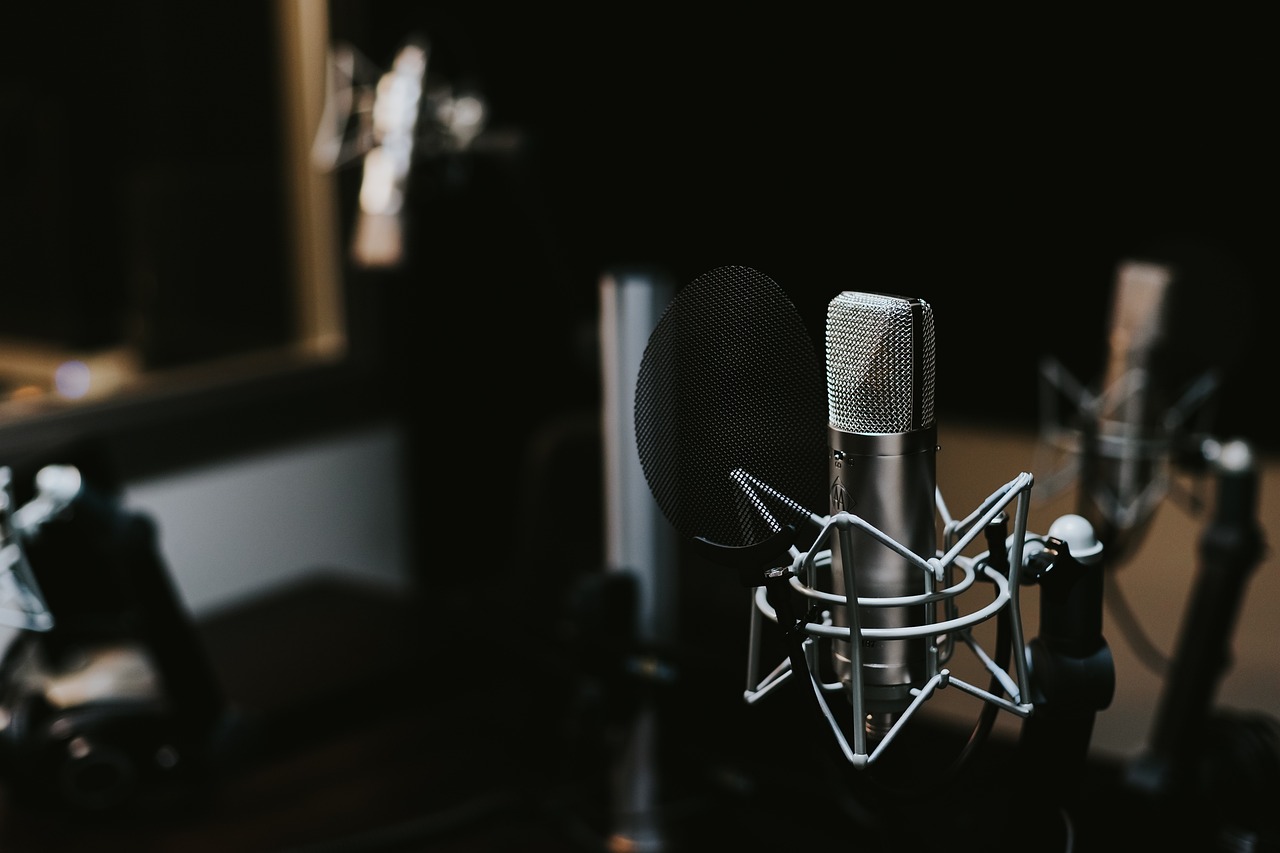5 Expert Tips to Enhance Your Vocals After Recording
The soul of any major track is cleansed vocals, besides being professionally recorded. They make your music shine: elevating the sound when the recording is strong enough to begin with. Post-production is that magic act that brings the original recordings to life in a polished, study-quality version. These expert tricks will unclutter and enhance your vocals after recording.

- Start With Noise Reduction
Other factors include the humming, background noise, and annoying sounds that turn most potentially perfect vocals into jarring recordings. Therefore, invest in ways to address noise reduction.
How to Do It: Use plugins such as iZotope RX or an inbuilt tool in your DAW for noise reduction without losing vocal clarity.
Pro Tip: Have your recording in a sound-deadened environment while reducing noise.
By removing unwanted sounds, your vocals will have a clean and professional foundation.
- Equalize for Clarity
EQ is the basic building block of shaping your vocal tone and removing muddiness.
What to Focus On:
Cut low frequencies (below 80 Hz) to kill rumbles and pops.
Boost mid-range frequencies (1-5 kHz) to add in clarity and presence.
Smooth out harsh sibilance in higher frequencies (above 7 kHz).
Pro Tip: Use a high-pass filter for a cleaner low end.
EQ godly motions are properly executed to make your vocals cut beautifully through the mix and dominate over other elements without being overdone.
3. Use Compression For Stabilization
The levels of the tracks may vary from one track to another. As a result, some vocals in the mix may just stand out to the others. By doing so, it dynamically evens the fluctuating level of the music and helps in stabilizing it.
How to Apply It
Create a ratio between 2:1 to 3:1.
Set the attack and release times so they don’t significantly alter the natural quality of one’s vocals.
Pro Tip: One should avoid over-compression as it makes the vocal sound a little shorn.
A well-compressed vocal line will probably sound smooth and convince the listener to continue listening.
- Be More Gentle Towards Valleys with a De-Esser
This technique is used for the purpose of properly administering correction in contemporary recording and salvaging what was erroneously recorded. Well, it usually tries to correct a long list of things including noisiness and poorly hit targets preceding the recording.
How To Apply:
- Take note of the range of sibilant frequencies, usually between 5,000 and 8,000 Hz.
- What one does here is set the threshold barely above the sibilance, where the waveform starts looking more of a character than a sound.
- Pro Tip: For sibilance, manually editing the waveform can solve matters when a de-esser cannot.
- Subdued sibilance makes for a smoother listening experience.
- Add Modulation and Reverb To Thicken
More to further complciate the vocal effect, reverb can give your track a great thickness and adds character to it.
Last Thoughts
Vocal cleaning after recording is a science, as well as an art. In terms of technique and tools, there is an opportunity to improve raw recordings for perfect tracks that can captivate listeners. It doesn’t matter if this is an amateur or seasoned professional; everyone can follow these steps for successful studio-quality vocals.
Ready for improving your music? At Maa Records, expert engineers are available to mix and get the state-of-the-art resources to make your music readily available to the world, just as you have wished. Let us bear fruit by incorporating some soul-touching melody in words that help you create music that will truly resonate with your audience.
Reverb Tip: Use natural or subtle reverb to create this effect. Use plate or room reverbs on the vocals to preserve clarity. Other Effects: Add Delay or Chorus for flavor depending on the song.
Pro Tip: Don’t overdo it; focus should be on vocals.
Proper use of added effects makes your performance emotionally stimulating to the audience.
